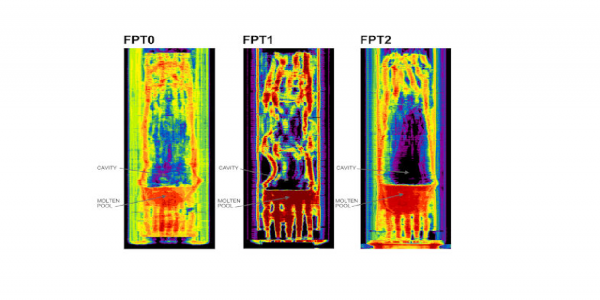
The PHEBUS FP (Fission Products) international research programme was conducted between 1988 and 2010. Its purpose was to improve the understanding of the phenomena occurring during a core meltdown accident in a light water reactor and to validate the computational software used to represent these phenomena in reactor safety evaluations. The report of the last test was published in December 2010 and was the topic of a closing seminar organised in June 2012.
Since the core meltdown accident in the Three Mile Island reactor in 1979, a series of experimental safety research programmes has been conducted by a number of international research organisations, including the IRSN, which manages the European SARNET network. Simulation models have been developed to calculate the sequence of events in an accident of this type, evaluate its consequences and assess the efficacy of the various measures that can be implemented to limit its effects.
The PHEBUS FP research programme was launched in 1988 by the IRSN (under the former name IPSN – Institut de Protection et de Sûreté Nucléaire, Nuclear Protection and Safety Institute) in partnership with the European Commission and EDF. France collaborated in this programme with the United States, Canada, Japan, South Korea and Switzerland, and five experiments were conducted between 1993 and 2004, involving approximately 80 persons per year.
The main objective was to reduce the uncertainty in evaluating the release of radioactive products in the event of a core meltdown accident in a pressurised water reactor (PWR). To do this, “global” experiments were conducted, that is, experiments in which all the phenomena were represented, from melting of a fuel assembly to release of fission products and structural materials inside a simulated containment vessel, duplicating as closely as possible the conditions that would apply in an accident of this type. The programme had the simultaneous aim of developing and validating the simulation software used to calculate the progression of the accident. This research was to contribute to improving IRSN crisis management by optimising the activities and procedures that would be implemented in the event of a nuclear accident to protect the population and the environment.
Facility is dismanteled.
